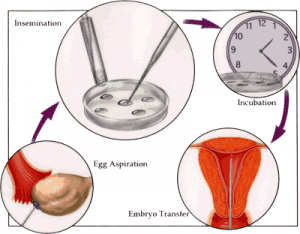 Jan 19 (ANI): Scientists from University of Michigan have developed a novel device that could one day lead to significantly higher IVF success rates in humans.
Jan 19 (ANI): Scientists from University of Michigan have developed a novel device that could one day lead to significantly higher IVF success rates in humans.
They built a device that imitates the motion that embryos experience in the body as they make their way down a mammal’’s oviduct (a woman’’s Fallopian tube) to the uterus.
Currently in IVF, eggs are fertilized with sperm and left to grow for several days in a culture dish that remains still. Then the embryos are transferred to the uterus.
“By making the cells feel more at home, we get better cells, which is key to having better infertility treatment,” said Shu Takayama, an associate professor in the Department of Biomedical Engineering and in macromolecular science and engineering.
The study showed that by gently rocking embryos while they grow during in vitro fertilization (IVF) improves pregnancy rates in mice by 22 percent.
Lead researchers Takayama and Gary Smith revealed that their device holds early-stage embryos, which are about half the size of the period at the end of this sentence, in a thimble-sized funnel.
The bottom of the funnel is lined with microscopic channels that allow fresh nutrient-rich fluid to flow in and waste products out.
The funnel sits on rows of Braille pins that are programmed to pulse up and down, pushing the fluids in and out of the channels.
The current the Braille pins generate simulates flows that occur in the body due to muscle contractions and the motion of hair-like projections called cilia that line the oviducts.
In the body, these motions help to push fertilized eggs to the uterus and flush out eggs” waste products.
When compared with mouse embryos grown in a static dish, those incubated in the new dynamic device were healthier and more robust after four days.
The study showed that approximately 77 percent of the rocked mouse embryos led to ongoing pregnancies, compared with 55 percent of the statically-grown embryos.
“One of our goals for years now has been to modify how we grow embryos in the lab to be more like how they grow in the human body, because we know that the human body grows them most efficiently,” said Smith.
The findings are published online in the journal Human Reproduction. (ANI)
